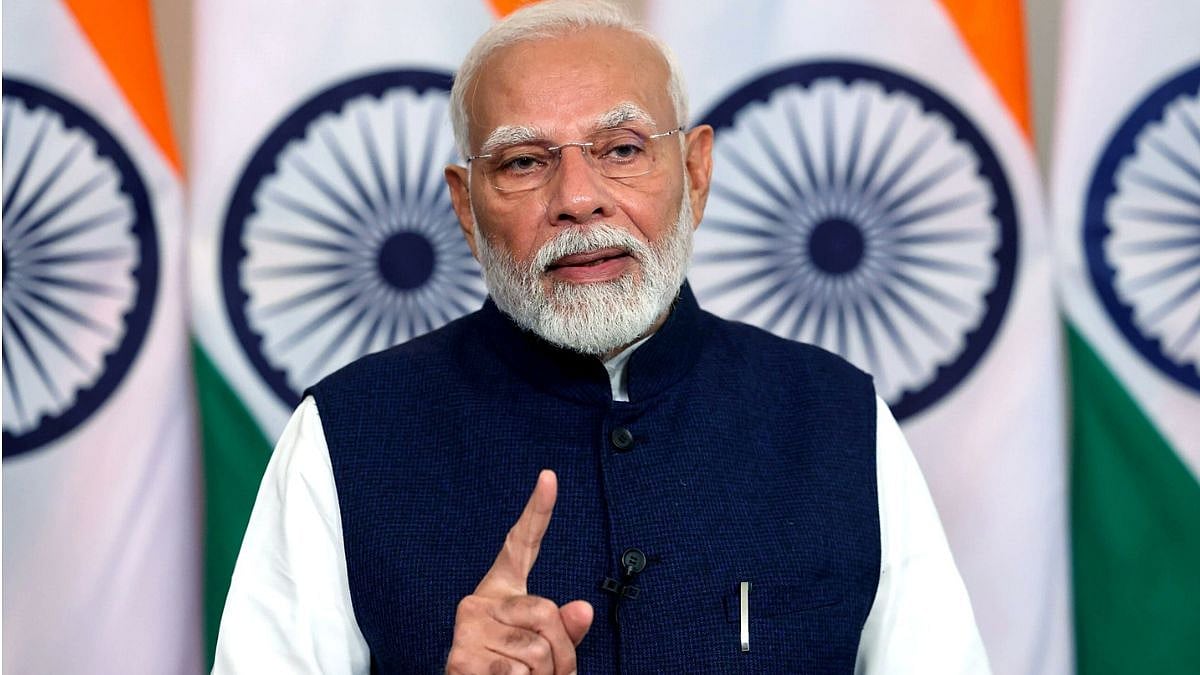Started in 1964 as a single laboratory, Bhide Laboratory Services today caters to 1,50,000 patients on an annual basis. The business is currently driven by Dr Milind Bhide, the second generation in this business. He shares his thoughts with FPJ’s Pankaj Joshi, on how the sector has evolved over the past 40 years and how he has structured his own growth.
Edited excerpts:
What was the aegis of your business and how do you profile yourself right now?
Our first laboratory started in 1964, and evolved to a formal corporatised structure in 2012. Today our laboratories encompass 4,000 sq feet across three establishments. Beyond routine testing, we also do endocrine and tumour-based testing work. We also do special testing related to cancer, haemoglobin disorders and also do therapeutic drug monitoring. Routine testing including the hormones based work is two thirds of our business.
We process 95 per cent of our work in-house. Most labs have to operate with a series of tie-ups because any lab today needs to offer a full-service option. In business terms, 70 per cent comes from our own clients and 30 per cent is referral business from other labs. This old practice has allowed us to service many third- generation clients. From last five years, we have been able to maintain a proper database. Reports are kept, tracked, and analysed so that we can interpret test results properly and give better service to the client. In terms of ground infrastructure, we have nine centres across Mumbai and collections come from all across Maharashtra. Our team has 55 people and we have courier and sample collection work outsourced.
We have lately introduced a privilege card system where people can register online with their mobile numbers as unique identification. We proactively interact with both the patient and the physician who is in charge of the treatment. We are looking at a stable 10 per cent annual revenue growth rate. The quantum of patients is growing by 3-4 per cent annually. The rest of the growth is from rise in the number of tests being requested. The average billing seven years ago was Rs 300-400, and is now around Rs 1,200. Our referral billing is Rs 400-500. We focus more on retail patients. Our processes are self-developed over many years and hence better attuned to patient and physician requirements. For instance, my system has core programming done by myself. Even our lab temperature control and monitoring system is self designed.
How would you describe the sector today and how has it evolved? How do the numbers stack up?
If we look at the sector or the last 20-30 years, the expectations from a lab have gone up exponentially from the patient’s side. Similarly the doctor’s dependence on the lab is also increasing. They insist on accurate, standardised, replicable analysis and reports which then can be interpreted well for better diagnosis. From that perspective you can say that most laboratories in metros and the top cities are doing a good job. Regarding technological evolution-– optics, robotics, computer science advancements, they have been beneficial. What could not be imagined 25 years ago is now routine.
It helps us evolve better tests for the same diagnosis, and even do the same test procedures better. Not only have the number of tests available gone up, but thanks to technological innovations more definitive diagnosis is available then what was possible earlier. Yes, it is expensive but again prices are bound to come down as penetration, acceptance and volumes go up. One more innovation seen in the lab sector is that home visit practice has increased. People with special requirements and movement constraints can now insist that lab technicians should visit at their homes. At industry level we see 20 per cent of revenues coming from such home visits. When you look from the cost angle, the cost of servicing a patient is fixed at the lab level, and when you have more tests from the same patient the cost spread is thinner. This is primarily why corporate labs find it better to do profiling of the patient through a series of tests.
Naturally, a laboratory must be equipped with excess capacity. Automation is a positive factor in this regard too. Hence, as an industry, labs will be able to properly implement their part in Ayushman Bharat and such other initiatives. The industry can be segregated into standalone non-corporate players and corporate players. The standalone segment would comprise of roughly 5,000 labs which have an average daily throughput of around 100 patients. The corporate segment would comprise maybe 20 players having a thousand labs each, and having a throughput of around 200 patients per lab on a daily basis. Labs are strongly present in Tier-I and Tier-II cities. Beyond Tier-III, the presence of pathology lab services is limited.
There are no official estimates about the size of the industry and all figures are assumptions. If you look at industry size, roughly the standalone segment would be servicing around 5 lakh patients daily and the corporate segment would be servicing 40 lakh patients daily. An average billing across these 45 lakh patients would be Rs 500-700. This means a rough turnover of Rs 250 crore on a daily basis for the pathology lab industry. Thus, in size, the industry is comparable to the mobile telecom industry which has a user base of 50 crore users and Rs 5-7 usage on daily basis. If we look at markets, Delhi and Mumbai are the biggest in terms of both size and rates. These two would comprise 25-30 per cent of the total India market.
How do you see further evolution of this large industry?
Now that the size and importance of the industry is appreciated, it is clear that regulation is absolutely necessary. Today there are no records of labs, no entry barriers, no qualifications required for setting up a lab. Ideally we should have a self regulatory industry body, where regulation is done internally and intentionally. In United States, the pathology industry is regulated by CAP (College of American Pathologist), a body formed by the industry players and persons working in private and state-run labs, which works well. We could have a similar control mechanism run by professional bodies. Sector players are more qualified to understand the nuances of the business rather than any external policing agency.
Registration is the first step for all existing and proposed facilities. However this is easier said than done. Registration generally needs either financial incentive or regulatory pressure. It is likewise necessary that the registration process be simple and free of penal consequences, which then would ensure that people in the sector are not averse to coming under the registration umbrella. It is also indisputable that some baseline requirements be put in place regarding quality of work output, centre infrastructure and service offering. Criteria for operating manpower also have to be in place – after all we are dealing with human lives. Today insurance covers only admitted patients, not extended to the OPD segment. Hence insurance does not touch the pathology industry right now. Its penetration levels are very poor but there may be a gradual access to health insurance benefits for OPD patients.










